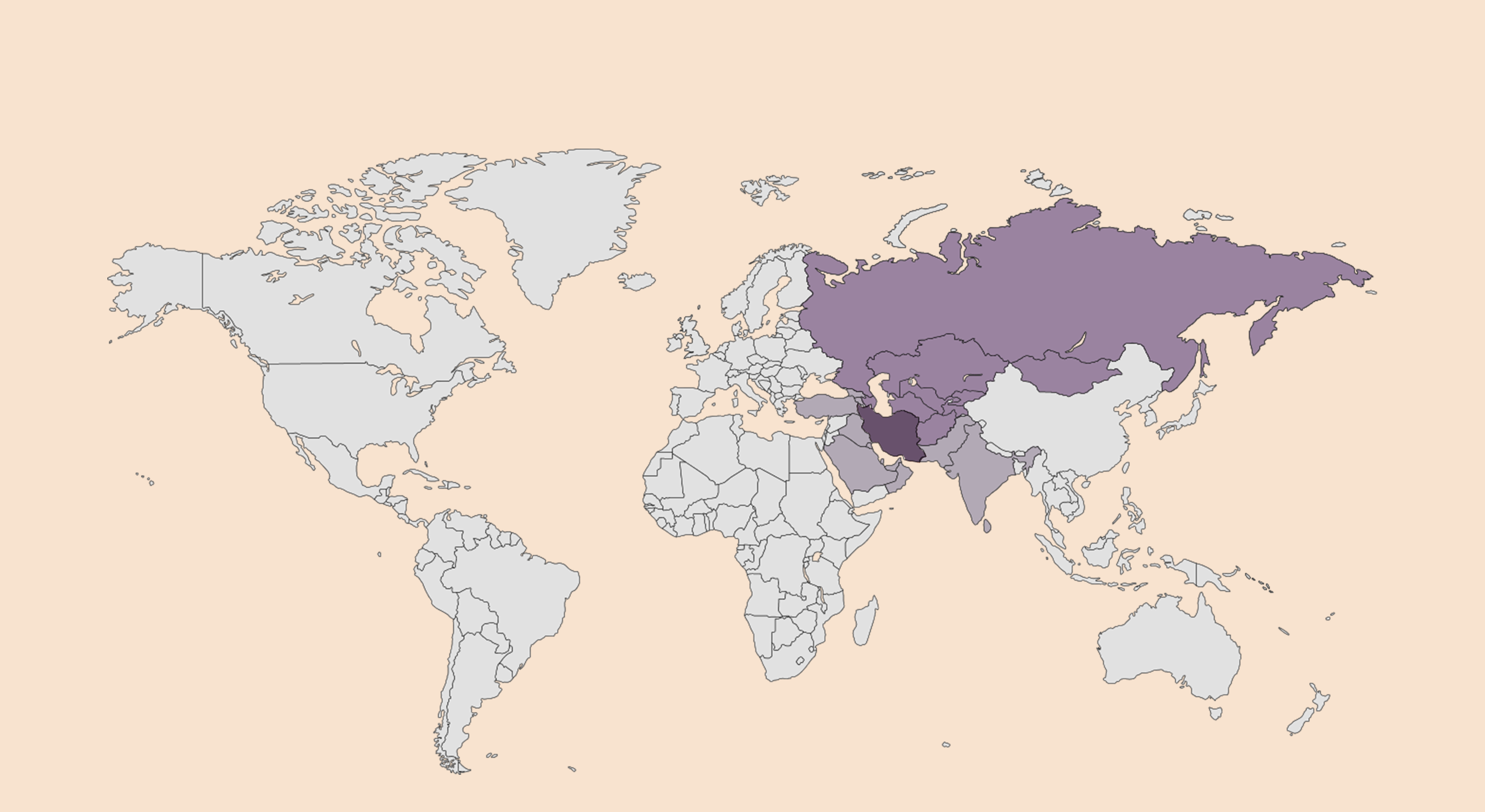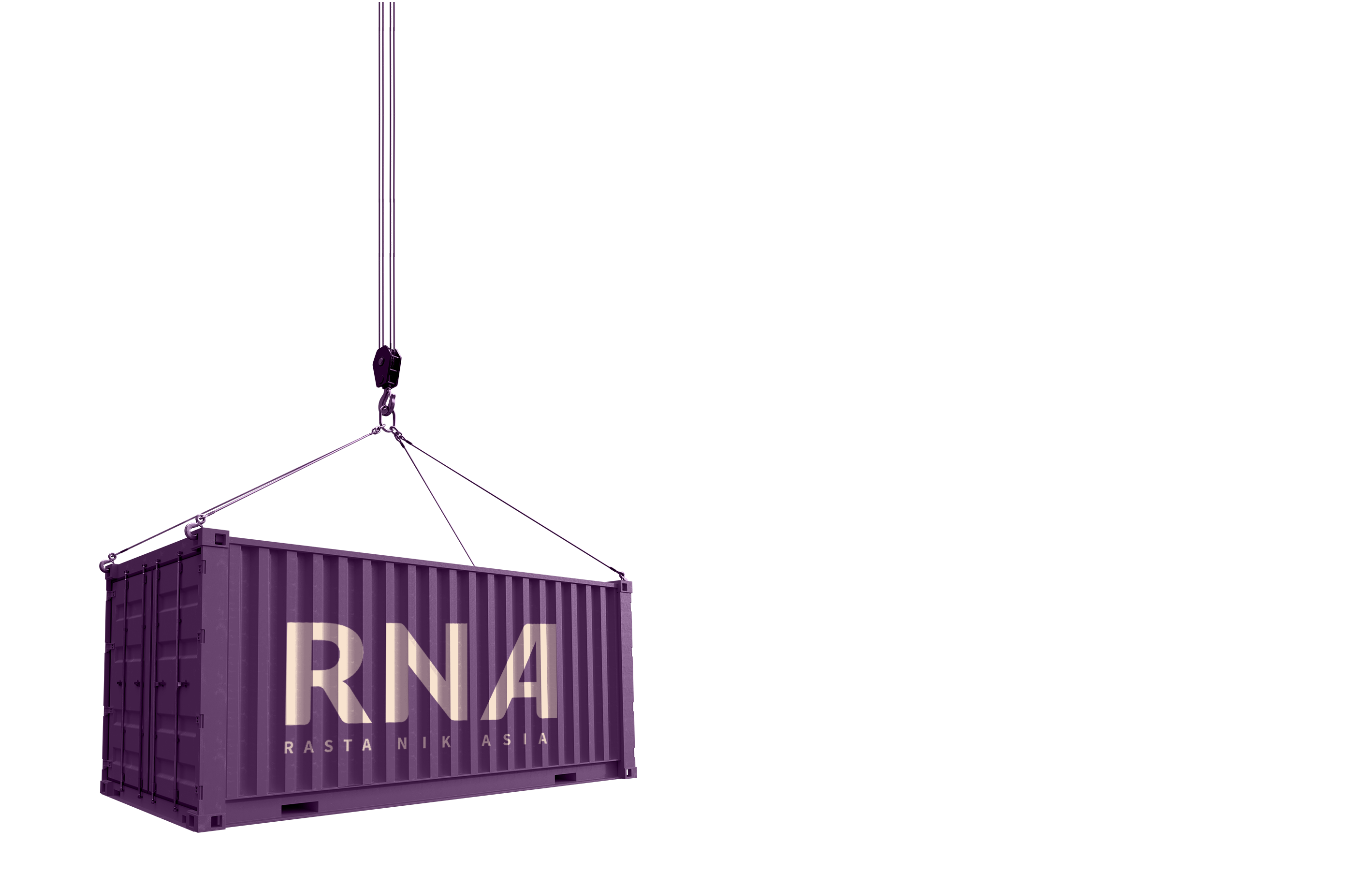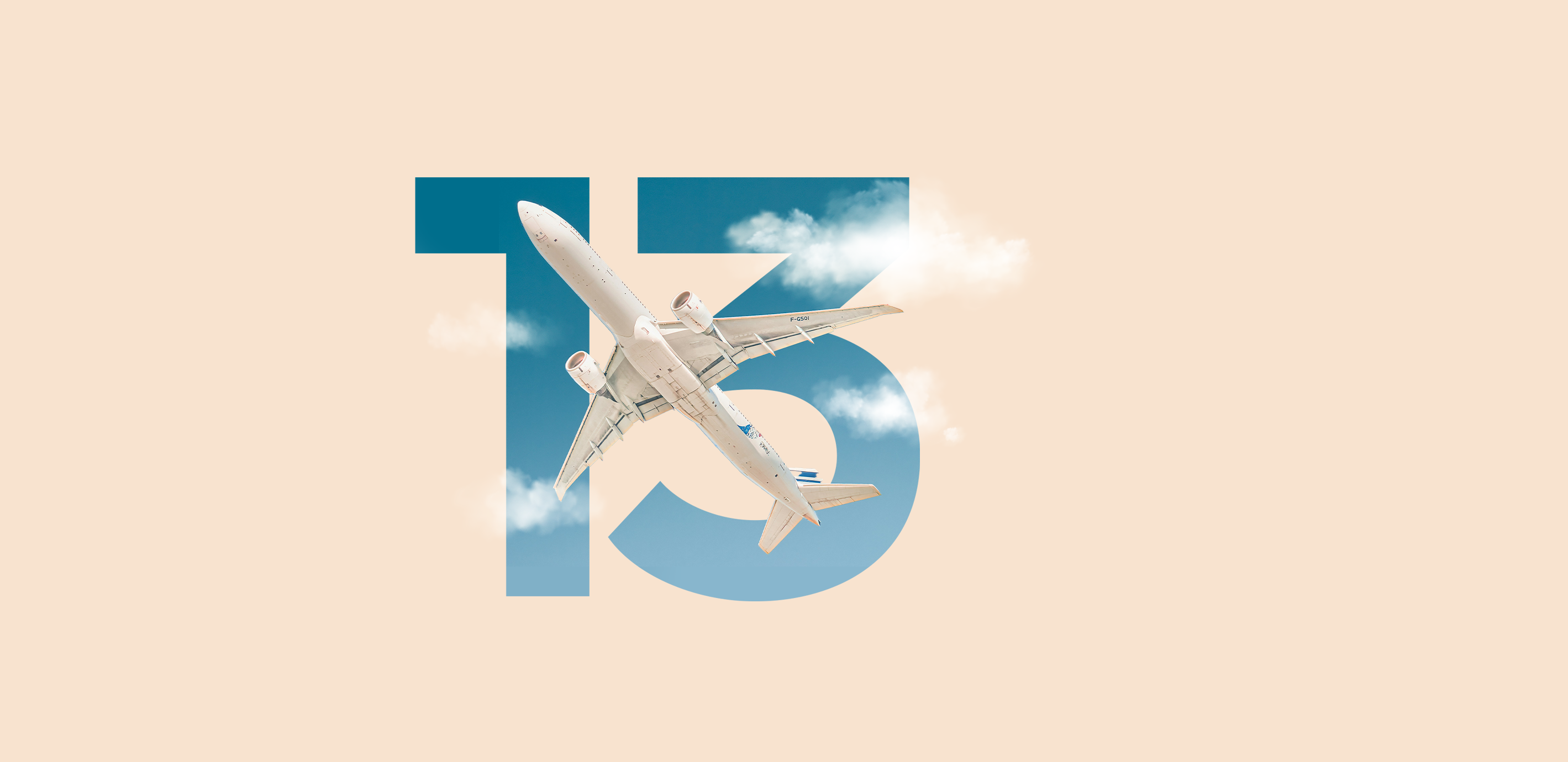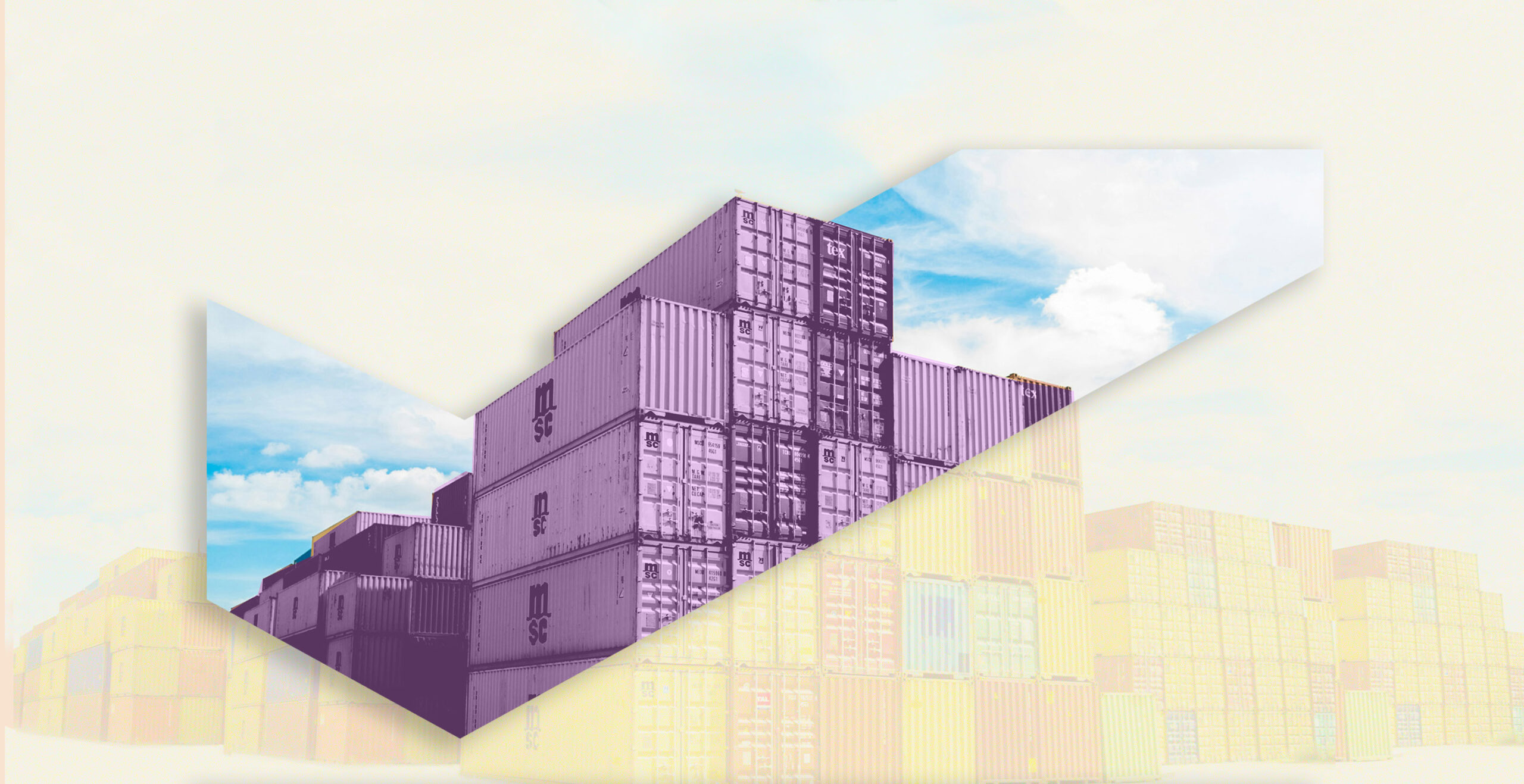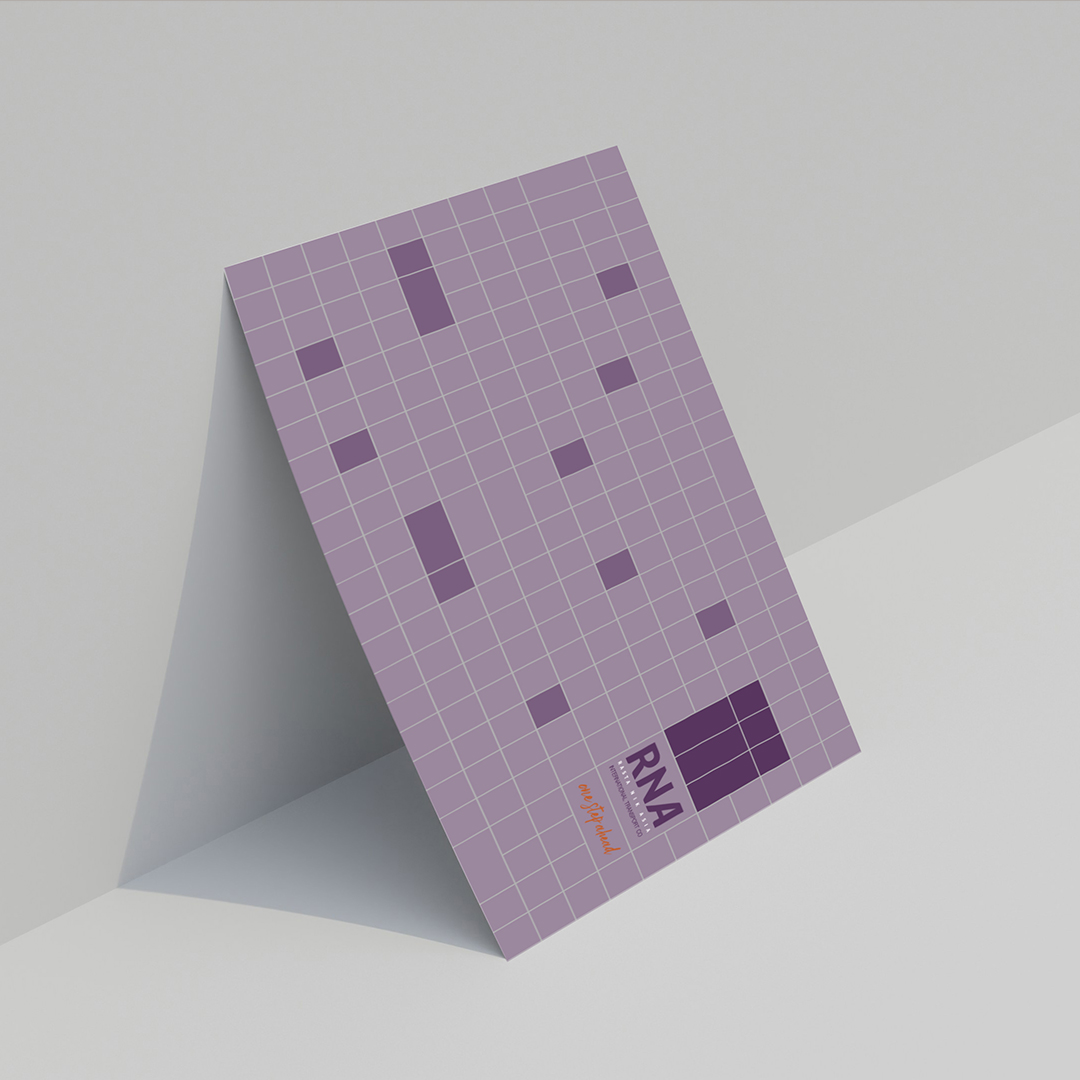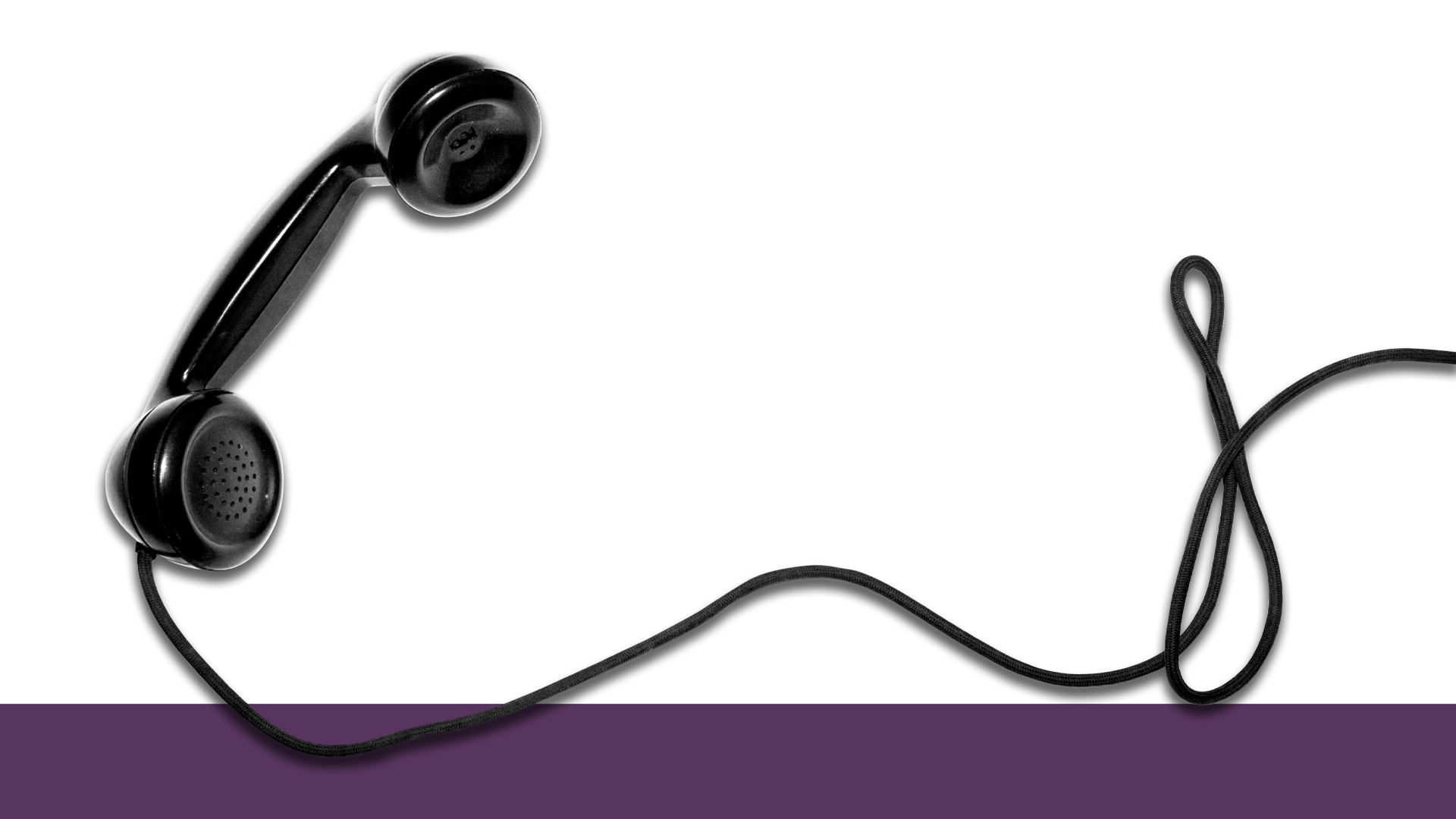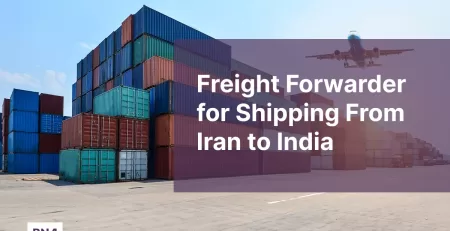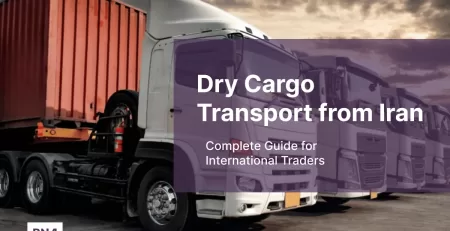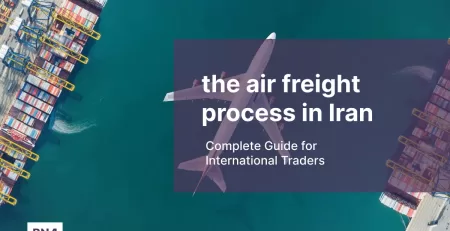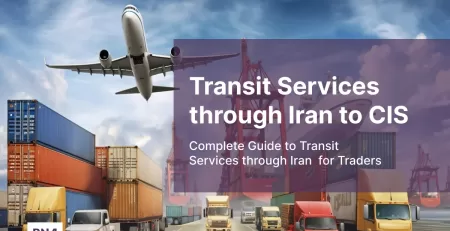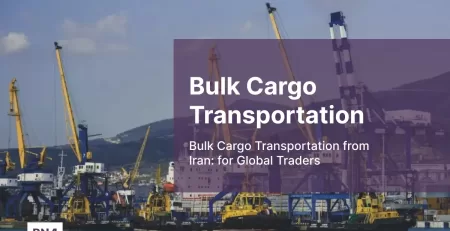Our Story
Rasta Nik Asia was founded with a clear vision: to establish an international transportation company that meets the market's high standards.
What we offer
By offering fast, precise, and secure services, we provide you with a reliable and professional experience.
Download our digital catalog and easily explore our international transportation services. Get it quickly and effortlessly, and access the best solutions at your fingertips.
Logistics Showcase
Get our latest catalog | Explore our full logistics power
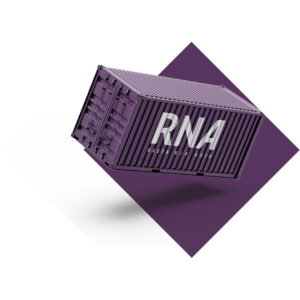
Download our digital catalog and easily explore our international transportation services. Get it quickly and effortlessly, and access the best solutions at your fingertips.
Knowledge hub
You can find extensive additional information in this section.

